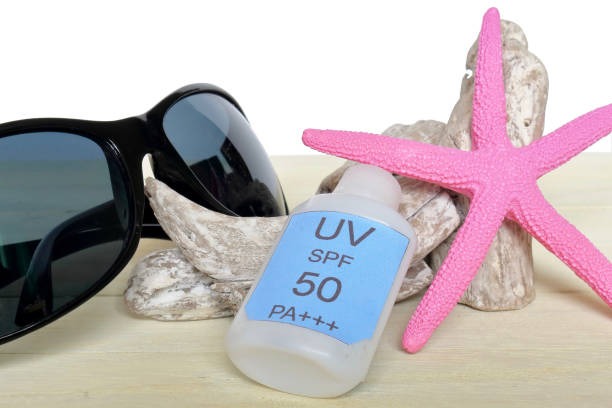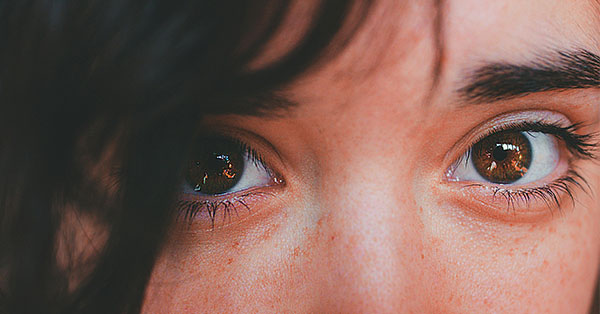
What Glasses Suit My Face? Best Frames for Your Face
February 27,2023

What is Boho Style? A Comprehensive Guide to Boho-Chic Fashion
February 13,2025

Virtual Glasses Try On - Find Your Perfect Pair Online
April 02,2024

UV Protection Glasses VS. Blue Light Glasses - Vooglam
July 20,2023

Newest Style Modern Trendy Mens Glasses | Vooglam
March 01,2024

Stylish Reading Glasses: Blending Fashion with Functionality
February 16,2023

What are photochromic lenses & glasses?
September 22,2023

Brown Eyes: The Beauty of the Most Common Hue
September 01,2024

The chubby face glasses for round face female
August 02,2023

What are prisms in eyeglasses?
March 20,2023

What are Bifocal Lenses? - Vooglam
April 14,2023

How to Read Your Eyeglass Prescription?
March 11,2023
Are Glasses and Contact Prescriptions the Same?
If you need corrective lenses to improve eyesight, you might be wondering whether are glasses and contact prescriptions the same. After all, both are designed to help you achieve your best vision. In this blog, we'll explore the differences between eyeglasses and contact lens prescriptions and provide some valuable insight for those considering switching from one to the other.

Breaking Down the Eye Glasses Prescription
First, let's understand the information contained in an eye glasses prescription. Your prescription typically includes the following:
Sphere (SPH): This indicates the lens power needed to correct your nearsightedness (a negative value) or farsightedness (a positive value).
Cylinder (CYL): This number represents the lens power needed to correct astigmatism, if you have it. Like sphere values, cylinder values can be positive or negative.
Axis: If you have astigmatism, an axis value is provided, which gives the orientation of the astigmatism correction in degrees.
Add: This number, often seen in bifocal or multifocal prescriptions, indicates the additional magnifying power needed for reading or close-up work.

Of course, you can check out how to read your eyeglasses prescription, with specific examples to help you understand.
Glasses vs. Contact Lens Prescriptions
Now that we know what's in an eye prescription let's explore why glasses and contact lens prescriptions differ.
1. Proximity to the Eye
Glasses sit about 12 millimeters away from the surface of your eye, while contact lenses rest directly on the cornea. This difference in distance affects the lens power required to correct your vision, which means that glasses and contact lens prescriptions are not interchangeable.

2. Lens Measurements
Contact lens prescriptions also include additional measurements to ensure a proper fit, such as:
Base curve (BC): This measurement describes the curvature of the contact lens, and it's crucial for maintaining a comfortable fit and proper vision correction.
Diameter (DIA): This value indicates the size of the contact lens, which is essential for a comfortable and secure fit on your eye.

3. Different Types of Contact Lenses
There are various types of contact lenses, such as soft, rigid gas permeable (RGP), and hybrid lenses. Each of them has specific fitting requirements, which may result in a different prescription than glasses.

Is One Better Than the Other?
There is no definitive answer to whether glasses or contact lenses are better, as it ultimately comes down to personal preference and lifestyle. Some people prefer the convenience and appearance of contact lenses, while others enjoy the ease of use and variety of frame styles offered by glasses. It's essential to consider factors like comfort, ease of use, budget, and the specific vision problems you're trying to correct when making your decision.

So, what's the next step?
Now that you know that glasses and contact lenses are not the same, what should you do if you want to switch from one to the other? Here are some suggestions:
Switching contact lenses: If you are interested in trying contact lenses, schedule an appointment with your optometrist or ophthalmologist. They will evaluate your eyes' vision and provide a contact lens prescription based on specific needs. Don't wear contact lenses without an optometrist test, as you may experience discomfort, blurred vision, or even damage to your eyes.
Getting a prescription for eyeglasses is relatively simple, but regular eye exams are also required to ensure your prescription is kept up to date to provide the best possible vision correction.

In summary, while both glasses and contact lens prescriptions are designed to correct your vision, they have some key differences. It is important to understand these differences and consult with an eye care professional before considering switching one of them. Only after understanding their differences can you be sure to make the best decision for your vision.

Vooglam Blog
Vooglam blog shares professional knowledge about eyeglass frames, lenses, etc., and provides help when purchasing and using eyewear products. At the same time, Vooglam focuses on fashion glasses to interpret the trend of glasses for you.



























